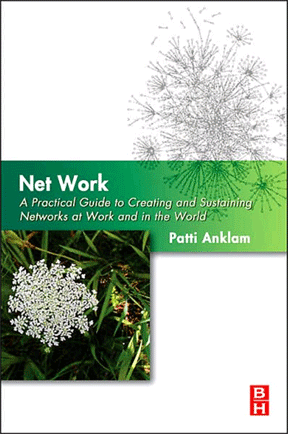Learning Opportunities for ONA
I’m pleased to announce that I’ve teamed with the Cai Kjaer and Laurie Lock Lee at Optimice and Marc Smith of Connected Action to offer an Online ONA Practitioner Course. The course includes:
- Access to my self-paced ONA learning module
- Three 2-hour interactive virtual sessions with fellow learners. These sessions cover Scoping and Designing Your Project (with moi), Hands-On with ONA Surveys (with Kai and Laurie) and Hands-On with NodeX with (Marc).
- A year’s subscription to Optimice’s ONA Surveys tool for conducting surveys
- A copy of “Analysing Social Media Networks with NodeXL” by D Hansen, B Shneiderman and M Smith (2010)
I’d like to thank my friends at Optimice and my colleague Dan Keldsen (who hosts the online course at IAI University) for the opportunity to participate.
For full details, including a global course schedule, visit the course’s main site: http://www.optimice.com.au/onacourse.php


